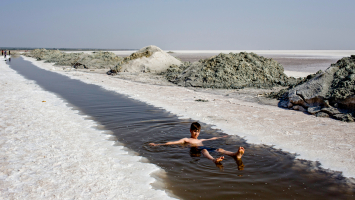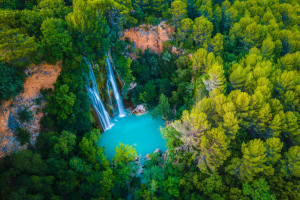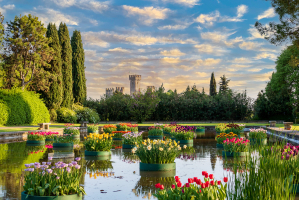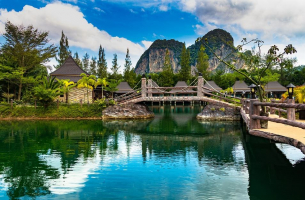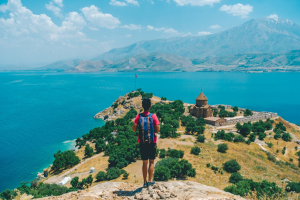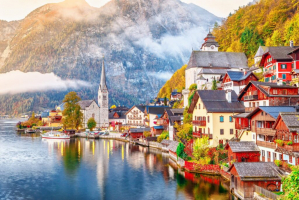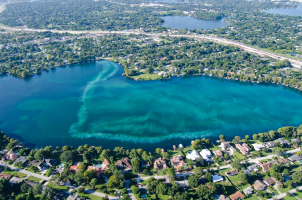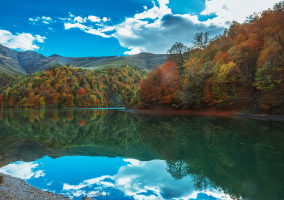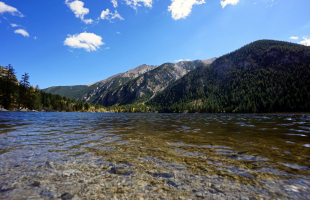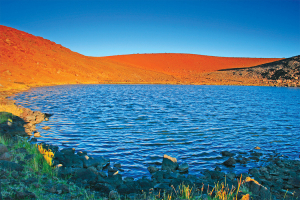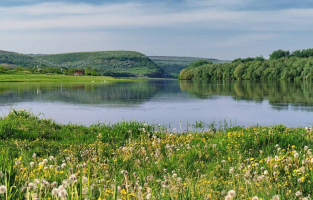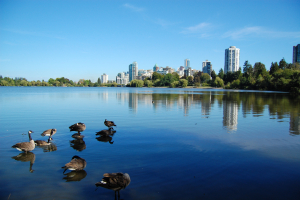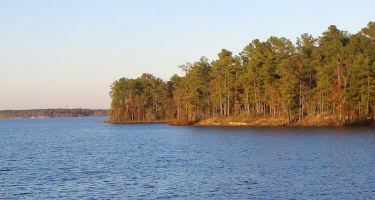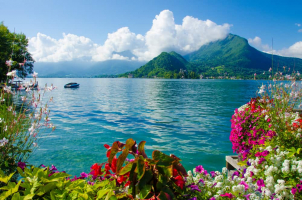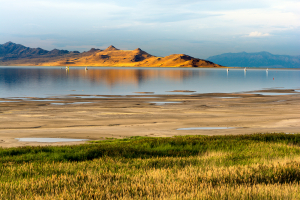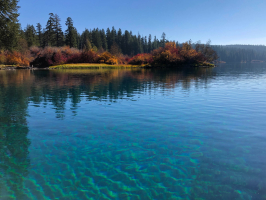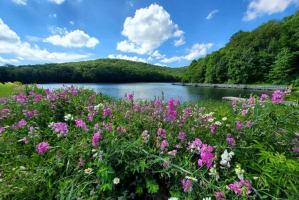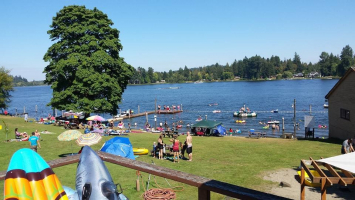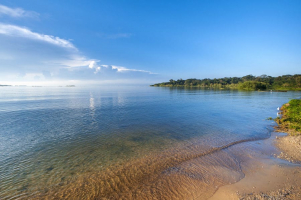Top 7 Most Beautiful Lakes to Visit in Ethiopia
Ethiopia is home to over 20 lakes, most of which result from the Great African Rift Valley, which extends from Jordan down to Mozambique in Southern Africa. ... read more...The rift has spawned some of the world's largest, deepest, and oldest lakes, with Ethiopia hosting a few. Ethopia has a lot of great lakes. This article below showcases a list of the most beautiful lakes to visit in Ethiopia.
-
A 45-minute flight from Addis Abeba to Bahir Dar, Lake Tana is one of East Africa's most prominent natural jewels and one of the most beautiful lakes to visit in Ethiopia. Lake Tana is Ethiopia's largest lake, measuring 84 kilometers long, 66 kilometers wide, and 15 meters deep. The Blue Nile, a major tributary to the Nile, the world's largest river, begins its journey at Lake Tana and flows down the impressive Blue Nile Falls.
Tana's 37 islands and peninsulas are home to some of the world's oldest churches and monasteries, the most famous of which is Kebran Gabriel. This ancient church, which is thought to have been built in the 14th century, houses a museum with old paintings and manuscripts. It should be noted that only men are permitted to enter and visit this monastery, and it is no longer open to the public.
The Ura Kidane Mehret church is not as well-known as the Kebran Gabriel, but it is unquestionably the most beautiful in the Lake Tana region. This 14th-century church, founded by Saint Betre Maryiam, has a stunning interior decorated with frescos of the then-ruler of the Gojjam province, Tekle Haymanot. In contrast to the Kebran Gabriel, all genders are welcome to enter and visit the church, and it is open to the public.
Lake Tana is also famous for its fish, more than 70% of which are endemic to the lake. Birds can also be found in abundance around the lake. Recognizing its natural and cultural significance, UNESCO added Lake Tana to its list of Biosphere Reserves in 2015.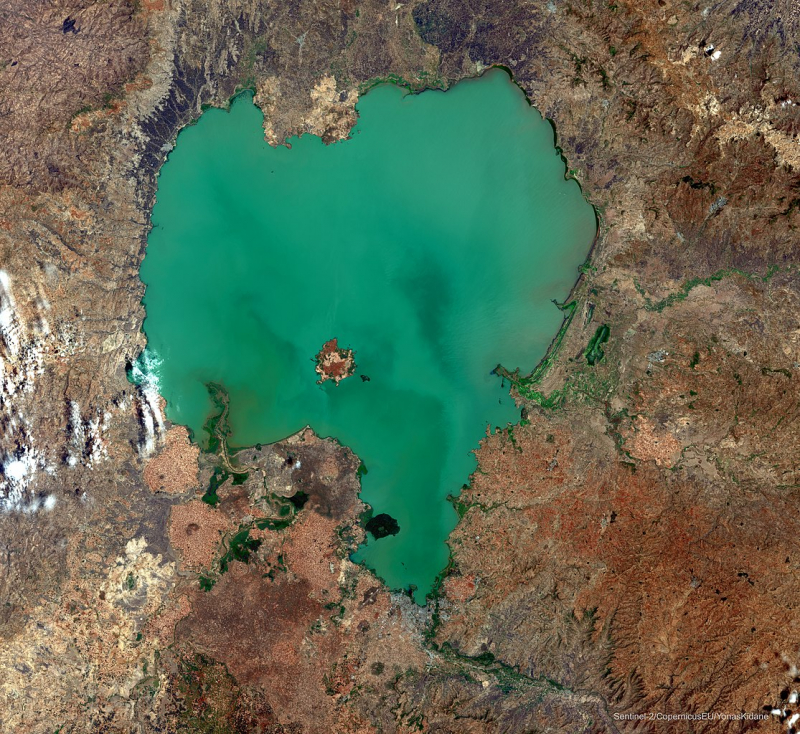
Photo: https://www.google.com/url?sa=i&url=https%3A%2F%2Fcommons.wikimedia.org%2Fwiki%2FFile%3ALake_Tana%2C_Ethiopia_2.jpg&psig=AOvVaw26QEFhmEXIKcbh43pU-TD5&ust=1664191529022000&source=images&cd=vfe&ved=0CAwQjRxqFwoTCMjAxNrqr_oCFQAAAAAdAAAAABAX 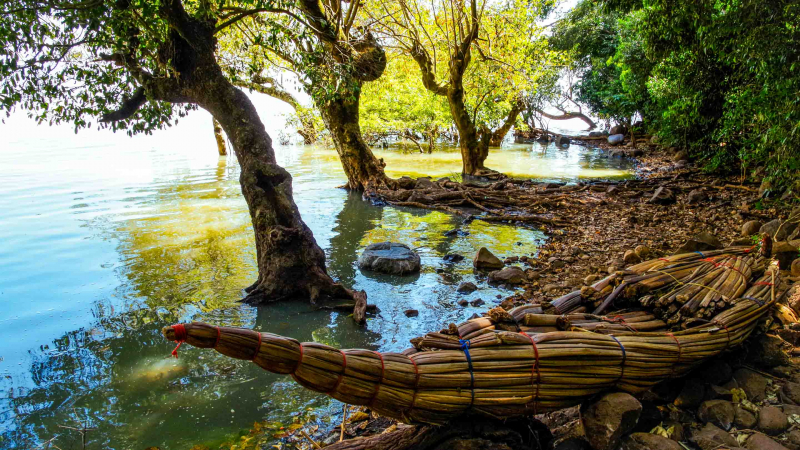
Photo: https://www.google.com/url?sa=i&url=https%3A%2F%2Fwww.journeysinternational.com%2Fdestination%2Fafrica%2Fethiopia%2Flake-tana%2F&psig=AOvVaw26QEFhmEXIKcbh43pU-TD5&ust=1664191529022000&source=images&cd=vfe&ved=0CAwQjRxqFwoTCMjAxNrqr_oCFQAAAAAdAAAAABAc -
Lake Ziway is a freshwater lake located on the border between the Oromia Region and the Southern Nations, Nationalities, and Peoples' Region, about 100 kilometers south of the country's capital, Addis Ababa.
The 5th largest island in Lake Ziway is dispersed on its freshwater surface, the largest being Tulu Gudo. Legend has it that this island was the hiding place of the Ark of the Covenant, the powerful relic King Menelik I brought to Ethiopia in the 4th century. Then, in the 10th century, when Queen Gudit, the then ruler of Axum, threatened to destroy the relic as part of her crusade to annihilate the rulers of the Axumite dynasty, the Zay people brought the relic to Tulu Gudo, and it remained here for about 70 years before being returned to its home, Axum.Ziway is also known for its prolific birdlife and hippopotamuses. If you’re spending time in the Rift Valley, it recommends booking on a boat ride around the lake to explore the wildlife under the expert guidance of local fishermen.
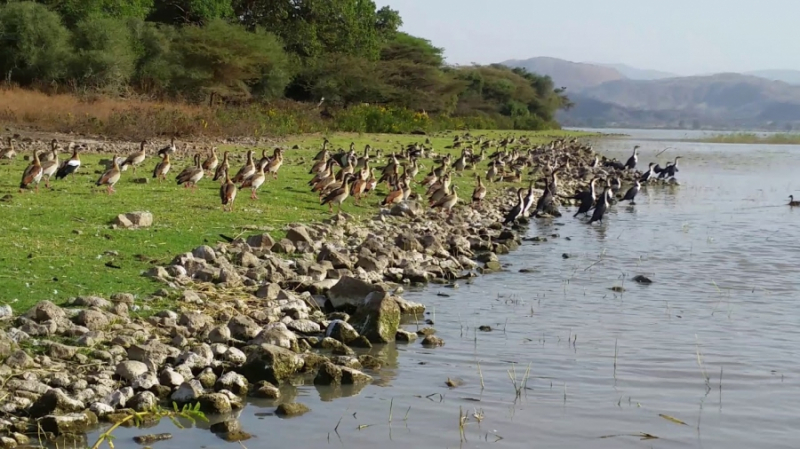
Photo: https://www.google.com/url?sa=i&url=https%3A%2F%2Fwalkinethiopia.com%2Fday-trips-form-addis-ababa%2Fitem%2F116-day-trip-to-lake-ziway&psig=AOvVaw26EGT83rVUVrtHNtQa7z4c&ust=1664191647696000&source=images&cd=vfe&ved=0CAwQjRxqFwoTCMDXq5Prr_oCFQAAAAAdAAAAABAX 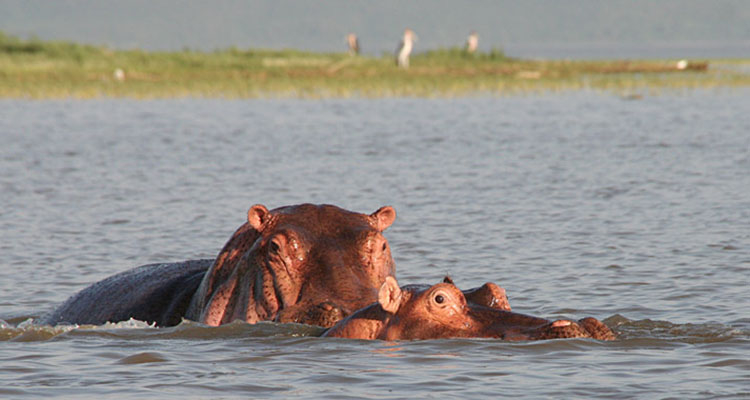
Photo: https://www.google.com/url?sa=i&url=https%3A%2F%2Fmyethiopiatravel.com%2Flake-ziway-and-rift-valley-day-tour%2F&psig=AOvVaw26EGT83rVUVrtHNtQa7z4c&ust=1664191647696000&source=images&cd=vfe&ved=0CAwQjRxqFwoTCMDXq5Prr_oCFQAAAAAdAAAAABAc -
Lake Langano, a picturesque lake ideal for a night or two of rest during a protracted tour of the nation, is located three hours south of the city.
The Langano Nature Reserve is located just to the east of Lake Langano. Many different species of mammals and birds, some of which are native to Ethiopia, can be found in this forest. In this woodland near the lake, baboons, hippos, and warthogs frequently appear. You may explore the network of paths that wind through the lake's neighboring forest by borrowing a modern mountain bike from one of two nearby eco-lodges on the opposite side of the lake.
Langano is a popular swimming destination for locals. Tourists flock from all over the world to sail or waterski in Langano's smooth brown waters. Some people swim, while others relax on the lake's sandy coast under the hot sun. The Wabi Shebele and Bekele Mola Hotels are located on the lake's western coasts and provide nice lakeside beaches, whereas the Bishangari and Sabana Lodges provide the best value for money.
Toplist will always choose the most beautiful lakes to visit in Ethiopia that is suitable for you, so taking a visit to Lake Langano is a good choice.
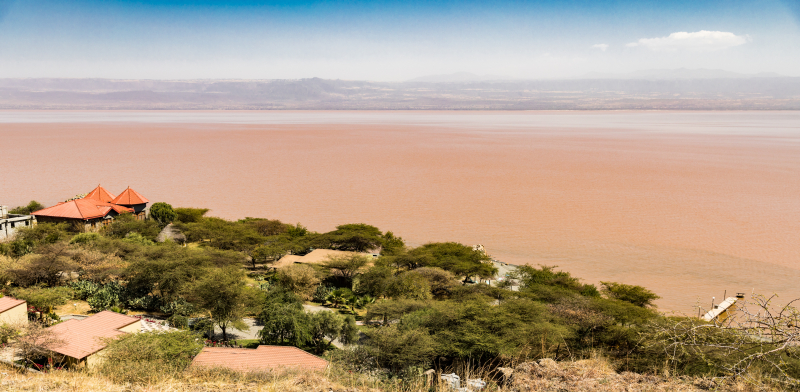
Photo: https://www.google.com/url?sa=i&url=https%3A%2F%2Fen.m.wikipedia.org%2Fwiki%2FFile%3ALake_Langano_in_Ethiopia.jpg&psig=AOvVaw0y4IW9lrD2GTt5xr1QK66f&ust=1664191727811000&source=images&cd=vfe&ved=0CAwQjRxqFwoTCOil27rrr_oCFQAAAAAdAAAAABAm 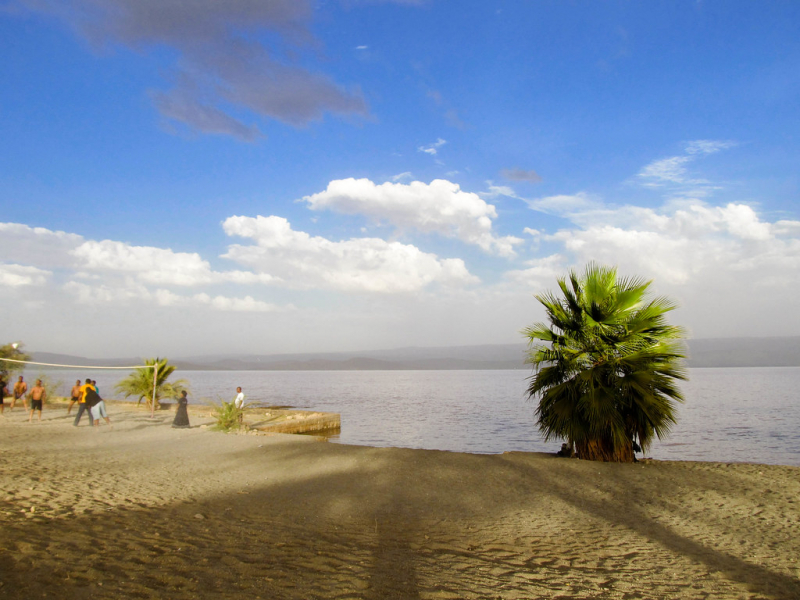
Photo: https://www.google.com/url?sa=i&url=https%3A%2F%2Fwww.flickr.com%2Fphotos%2Fharisankar%2F6880035372&psig=AOvVaw0y4IW9lrD2GTt5xr1QK66f&ust=1664191727811000&source=images&cd=vfe&ved=0CAwQjRxqFwoTCOil27rrr_oCFQAAAAAdAAAAABAr -
Far south in Ethiopia's Great Rift Valley, two magnificent lakes are surrounded by savanna plains, smoke, and mountain peaks. The 551-square-kilometer waters of Chamo and the 1,160-square-kilometer surface of Abaya are often regarded as the most picturesque of Ethiopia's Rift Valley lakes. Few places on the planet can equal the charm of their setting.
Much of this is part of one of Ethiopia's most beautiful national parks, Nech Sar, which was established to protect the endangered Swayne's hartebeest. The village of Arba Minch, located on the ridge of land that separates Abaya and Chamo, has spectacular views of the panorama, which includes both lakes, with Nech Sar on the eastern side and the Guge range of mountains to the west. Because of the breathtaking splendor of this vantage point, it has long been known as the Bridge of Heaven. Arba Minch, which means Forty Springs in Amharic, gets its name from the bubbling streams that rise out amid the undergrowth of the lush forest that covers the steep hills under the town. Everything about this area exudes a sense of untamed grandeur about it all that lingers over the lakes and mountains.
Chamo and Abaya are undeniably an angler's heaven. Hundreds of hippos emerge at night to graze on the grassy shores of Chamo's reed-fringed bays in the dazzling turquoise waters. Chamo is also a haven for thousands of Nile crocodiles, some of which can grow to be seven meters long from snout to tail tip. The balance between predator and prey is maintained here, and birdlife thrives in equal measure.
Furthermore, farming peoples such as the Ganjule and the Guji live on the coasts and islands of Abaya and Chamo. Both have long-standing hippo hunting traditions. The Guji navigate Lake Abaya in high-prowled am batch canoes resembling those pictured on the tombs of the ancient Egyptian Pharaohs.
In the lakes, in the direction of Jinka, the traveler arrives at the Konso homeland, where they perform intensive agriculture on delicately terraced hillsides. The Konso have a rich indigenous culture that manifests itself in haunting song and dance, as well as the weaving of gorgeous thick cotton blankets.
The short 26-kilometer drive from Arba Minch to Chencha involves a remarkable transition: climbing from the lowland's lush tropical forests, through bamboo at around 2,500 meters, into stands of juniper laced with Spanish moss, where cold fingers of cloud grasp the ancient limbs of the trees and the air is chill and bracing.
Dorze villages are great instances of basic architecture, unlike anything else in Ethiopia—towering beehive-shaped structures reaching up to 12 meters in height, interiors dark but large and open with pressed earth floors. To make a smooth and uninterrupted convex dome, the vaulted ceiling walls are covered with an attractive thatch of ensete (fake banana). Each house stands on its own grounds, surrounded by smaller but identical houses: a guest house, a cow-shed, a kitchen, and possibly even a weaving or other labor facility.
Traveling north from Chencha, leaving Lake Abaya and the forest behind, the visitor ultimately arrives at the lively market town of Sodo, which sits on the boundary between the regions of Gamo Gofa, Sidamo, and Kaffa. This is one of Ethiopia's best coffee-growing regions, and it's possible that this is the original home of the coffee plant, where the first trees grew wild before being cultivated and then, in the 14th century, transferred to Yemen and spread from there.
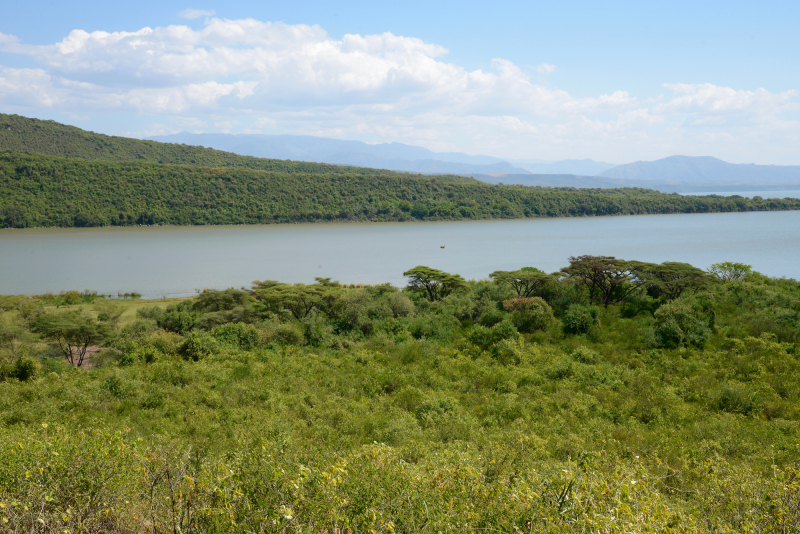
Photo: https://www.google.com/url?sa=i&url=https%3A%2F%2Fglobal-geography.org%2Faf%2FGeography%2FAfrica%2FEthiopia%2FPictures%2FDorze%2FLake_Chamo_1&psig=AOvVaw1_AI410-9OC1t0114AoEpW&ust=1664191827693000&source=images&cd=vfe&ved=0CAwQjRxqFwoTCNDwguzrr_oCFQAAAAAdAAAAABBu 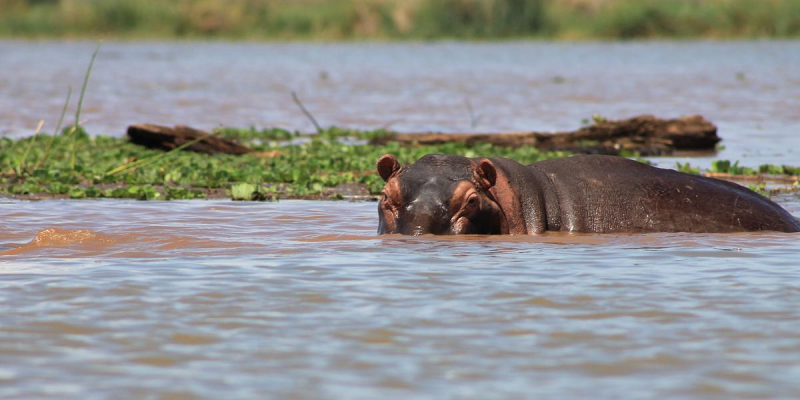
Photo: https://www.google.com/url?sa=i&url=https%3A%2F%2Fvaolo.com%2Fen%2Fexperiences%2Fboat-ride-on-the-chamo-lake-in-the-arba-minch-region%2F&psig=AOvVaw1_AI410-9OC1t0114AoEpW&ust=1664191827693000&source=images&cd=vfe&ved=0CAwQjRxqFwoTCNDwguzrr_oCFQAAAAAdAAAAABBz -
Lake Awassa, one of the most beautiful lakes to visit and one of the best fishing lakes in Ethiopia, is located 270 kilometers south of Addis Abeba and is the smallest of the Rift Valley lakes. However, Lake Awassa is one of Ethiopia's favorite areas to watch hippos. Hippos hide among the grass-green reeds that flourish along the broad coastlines. Some hippos bask in the sun, while others contort and twist as they swim deeper into the lake, spreading waves into the already rough waters.
If you visit Lake Awassa, make sure to stop at the local fish market on the western coast. The market's hustle and bustle are tangible, as is the din of locals haggling. The fishing market has been in operation for generations, and viewing it on land provides an authentic look at how the inhabitants live. The Awassa Fish Market is well-known in the Rift Valley; it's hectic and untidy, but the fish soup is second to none.
A little woodland just beyond the fish market is home to black and white Colobus monkeys. Place a piece of bread in your palm and stand beneath the trees; the monkeys will jump on to get the treats!
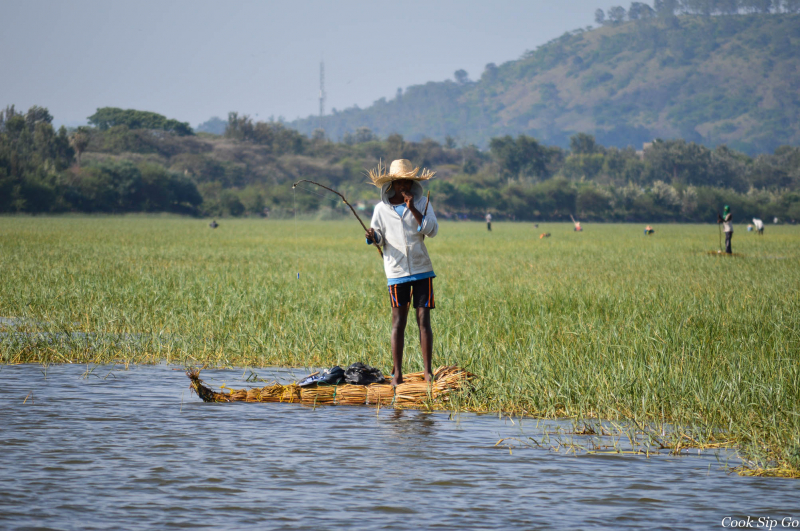
Photo: https://www.google.com/url?sa=i&url=https%3A%2F%2Fcooksipgo.com%2Fmmp-fisherman-lake-awassa-ethiopia%2F&psig=AOvVaw0cBAWkrJID3rkfKwPAuhp5&ust=1664192051796000&source=images&cd=vfe&ved=0CAwQjRxqFwoTCMil0NPsr_oCFQAAAAAdAAAAABAS 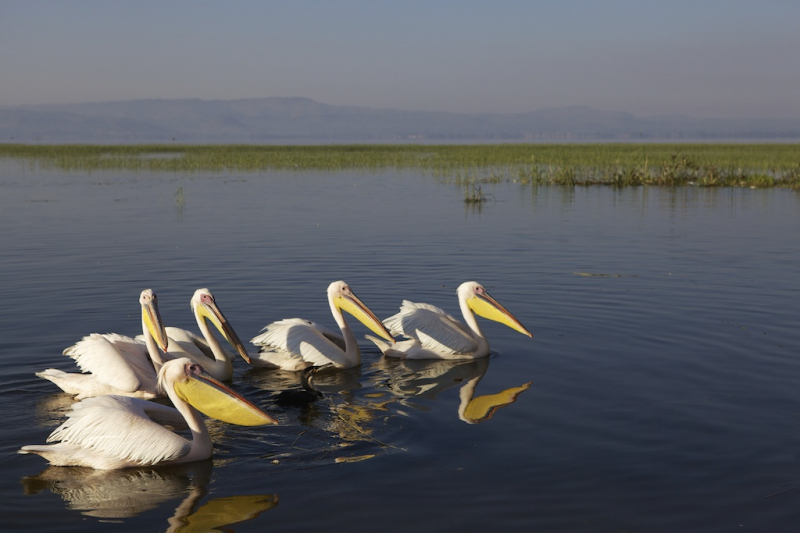
Photo: https://www.google.com/url?sa=i&url=https%3A%2F%2Fwww.mile91.co.uk%2F2015%2F02%2Ffishermen-lake-hawassa-ethiopia-photography%2F&psig=AOvVaw0cBAWkrJID3rkfKwPAuhp5&ust=1664192051796000&source=images&cd=vfe&ved=0CAwQjRxqFwoTCMil0NPsr_oCFQAAAAAdAAAAABAX -
Lake Afrera, which is accessible by a long drive over the Danakil Depression, is also known as Lake Giulietti after the Italian explorer Giuseppe Maria Guillietti, who was slain on the lake's shores by a native tribe. The lake's surface size exceeds 100 kilometers, making it one of the larger lakes in the Afar region.
The super saline lake, one of the two major salt lakes in the Danakil Depression, arose during a period of severe seismic activity that caused depression. The indentation gradually filled with water as the succession of earthquakes and volcanic eruptions subsided, forming the lake that you see today.
The lake has helped fuel the local economy throughout the years, becoming one of the world's largest salt mines in the process. Despite years of continuous cultivation, some estimates suggest that there is still more than 290 million tons of salt here, and gigantic white rocks made up of salt deposits develop up on the lake's shoreline.
Lake Afrera, unlike many of the other lakes in the Danakil Depression, allows tourists to swim. Because of the lake's high salt content, anyone who enters floats weightlessly. A freshwater hot spring - a natural jacuzzi - sits adjacent to the lake, providing a nice reprieve after the long journey over the desert.
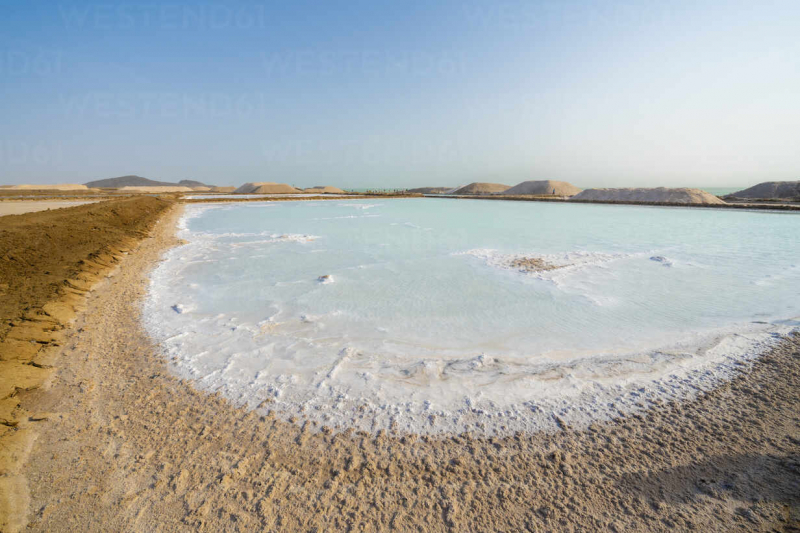
Photo: https://www.google.com/url?sa=i&url=https%3A%2F%2Fwww.westend61.de%2Fen%2FimageView%2FRHPLF16392%2Fsalt-deposit-on-water-surface-of-lake-afrera-lake-afdera-danakil-depression-afar-region-ethiopia-africa&psig=AOvVaw1b0ozf0YqUHXiZKHz6Su7z&ust=1664192137629000&source=images&cd=vfe&ved=0CAwQjRxqFwoTCLiajP7sr_oCFQAAAAAdAAAAABAR 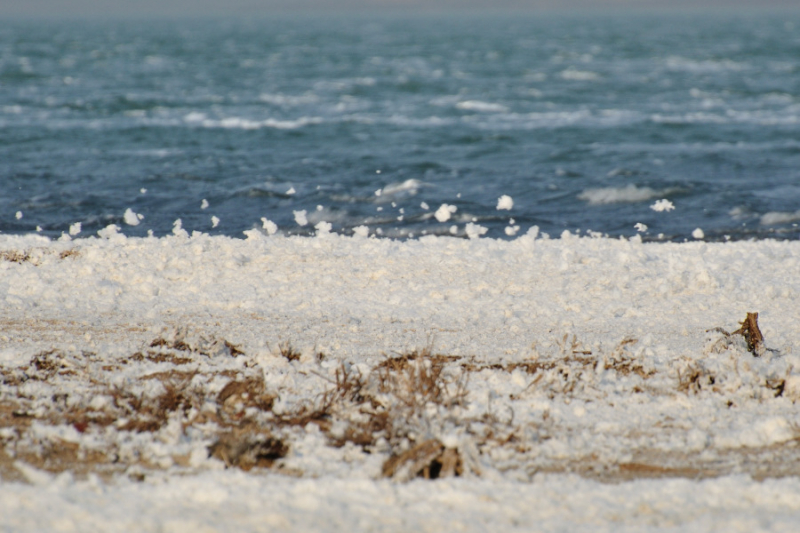
Photo: https://www.google.com/url?sa=i&url=https%3A%2F%2Fwww.travel-tour-guide.com%2Fethiopia_danakil_lalibela_pictures%2F2_afdera_lake_afrera_trip_photos.htm&psig=AOvVaw1b0ozf0YqUHXiZKHz6Su7z&ust=1664192137629000&source=images&cd=vfe&ved=0CAwQjRxqFwoTCLiajP7sr_oCFQAAAAAdAAAAABAW -
Lake Karum (also known as Lake Asale) resembles an Arctic desert rather than a salty lake. Despite the surrounding attractions of Erta Ale and Dallol, Lake Karum is a true highlight of a Danakil tour. A halt by the lake will only last 20-30 minutes before the heat forces you back into the relative comfort of the air-conditioned Landcruisers.
Large amounts of mineral salts and deposits collected in the area following a period of continual inundation from the Red Sea, leaving a thick hard crust. The lake bed is a jet white salt crust with uneven outlines that gradually sinks into Lake Karum's pure water. The shift from salt pan to salt lake is so subtle that it appears that the salt pan merely begins to shimmer and gleam as it juts off into the distance. Salt is continuously mined in the area, as it has been for millennia, with traditional methods of cultivation and cutting. It is one of the world's lowest salt flats, at 116 meters below sea level, and has produced some the most sought after salt.
Dallol, a former mining village, is located immediately north of the lake. The sulphur flats near Dallol are one of the Danakil's main attractions, with multi-colored rocks emerging from long dry geezers that previously spewed steam. When you get at the lake, an array of stunning intermingling colors found within the semi-dried pools sparkle in the midday sun, creating an almost psychedelic landscape.
Lake Asale is one of the Danakil Depression's two hypersaline lakes and one of the most beautiful lakes to visit in Ethiopia. You should spend no more than 20 minutes here. But don't worry, 20 minutes is plenty of time to take in the strange scenery and take some amazing photos.
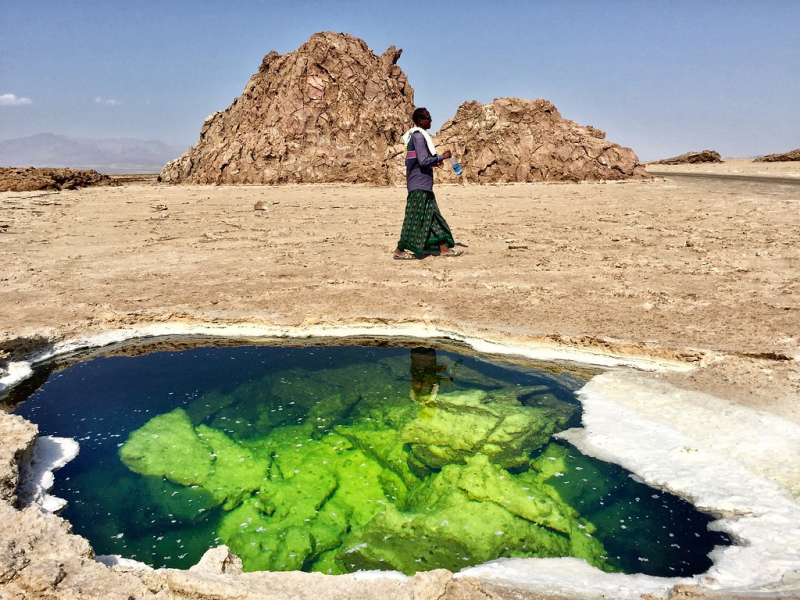
Photo: https://www.google.com/url?sa=i&url=https%3A%2F%2Fadventuresinethiopia.com%2Fdanakil-depression-2%2F&psig=AOvVaw38BduG_x7VQrqto_-dNAk-&ust=1664192209284000&source=images&cd=vfe&ved=0CAwQjRxqFwoTCOj7rZ7tr_oCFQAAAAAdAAAAABA1 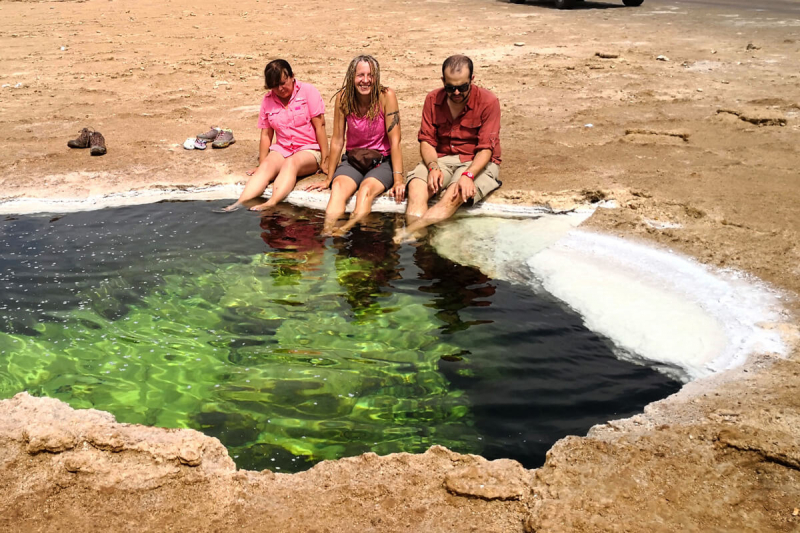
Photo: https://www.google.com/url?sa=i&url=https%3A%2F%2Fwww.flickr.com%2Fphotos%2F158704586%40N06%2F38912442905&psig=AOvVaw38BduG_x7VQrqto_-dNAk-&ust=1664192209284000&source=images&cd=vfe&ved=0CAwQjRxqFwoTCOj7rZ7tr_oCFQAAAAAdAAAAABA-









